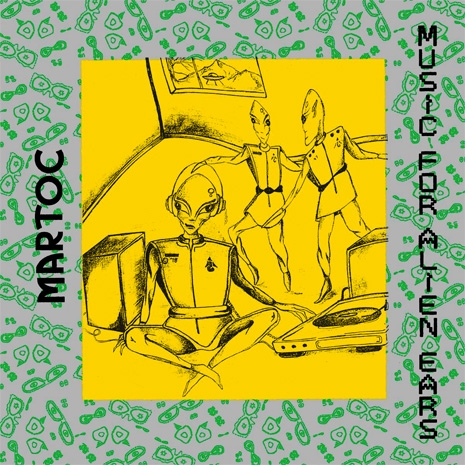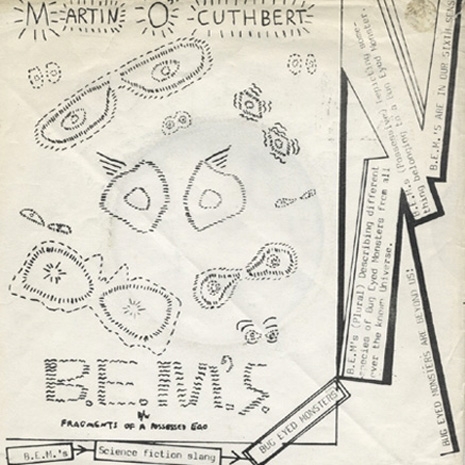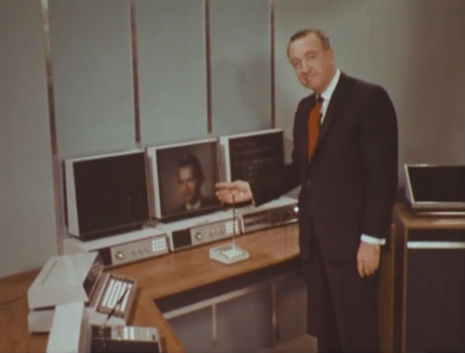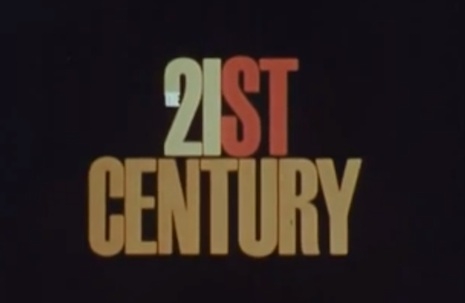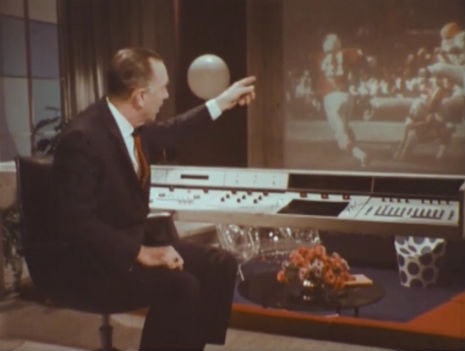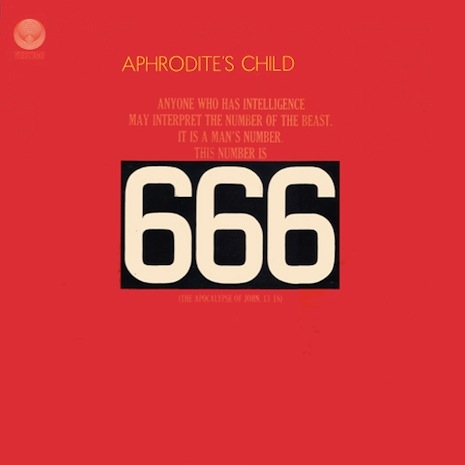
Most online reviews fail to yield much practical information. Once in a while, you’ll see a pattern that appears to document legitimately poor service or quality, but usually I’m just perusing Yelp to laugh at pretentious douchebags complaining that some Thai restaurant isn’t “authentic” enough. (We get it Andrew, you’ve been to Thailand.)
It’s only once in a great while that you see online customer feedback that really tells a story, and this Amazon review for 1,000 live crickets is part Kafka, part Monty Python and part ultra low-budget insect-ploitation film. That is, its absurd hilarity is only tempered by the ominous prose and generally nightmarish quality of the situation. It’s so goddamn poetic, I’m thinking of turning it into a one-act play. Try reading it aloud. Under a spotlight. Like Shatner.
Warning! These crickets are not in any container other than the outside box!
I now have a cricket infestation of my entire house because, assuming as any normal person would that they would be contained in some kind of critter container.
I cut open the outside box and HUNDREDS of crickets jumped out, on me, into my bedroom & the entire house. They are in my underwear drawer, closet, and crawling on my toothbrush. My roommate is always screaming. They drown in our coffee, eat my bread, and are on every wall, and scare the crap out of me by jumping on me while watching scary movies.
And they excrete everywhere!
Why is there no warning or at least logical packaging?
I don’t know what to do, I don’t want to spray the entire house with insecticide (which the seller should pay for if I did), other than borrow a hundred lizards.
I just hope they don’t breed.
That last line! How fucking ominous is that?!? That’s “We’re gonna need a bigger boat”-style ominous!
What follows is almost heartbreakingly predictable—his cricket-buying brethren are unsympathetic to his woes. They denounce him as a fool, and even accuse him of cocking up the heretofore perfect five-star rating of their cricket merchant! The folks who buy live crickets are probably a tiny set, and the admonishments he receives from this small community must sting. Who among us has not accidentally let loose 1,000 live crickets in our living room?!? Among the heartless responses:
You suck. Because you were too stupid to know to open a box that you knew to contain live crickets in a “safe” container like a huge garbage bin, this seller now ships his crickets in not one but TWO airtight boxes. 1,000 bodies in airtight box = they were all dead as doornails. So thanks. Thanks a lot.
Such callow, reactionary bitterness! But take heart! Our hero has kept his humor and adds this to the thread:
How to Keep Crickets in a Box: A Tutorial
1. Know beforehand that the crickets in the box are not contained in any way.
2. Have a magic spell that compels crickets to “sit” and “stay” exactly where they are inside the box and not jump out. In the event that this magical spell does not work, proceed with the following.
3. Do not open the box with a box cutter both horizontally and vertically.
4. Do not open the sides of the box widely in enthusiasm of seeing the lovely fat crickets.
5. For numbers 4 and 5, do not do this while holding the box in your lap sitting cross-legged on the floor.
5. When the crickets suddenly burst from the opening directly toward your face, like the plague of locusts in Egypt, some landing on your face, hair, and one getting tangled in your eyelashes, do not scream like a little girl and jump up from your cross legged position on the floor, knocking the box sideways and allowing the majority of crickets to escape with glee.
6. Once you have untangled said cricket from your left eyelashes, and regained your senses, do set the box upright and close the lid containing the small amount of crickets that are left.
7. Do set a pillow on the top of the box and run to the garage to get a bigger box in which to house the smaller box.
8. Don’t accidentally choose one with small holes in the corners.
9. Come back to the small box and notice that crickets have easily escaped the pillow deterrent, so there are only a handful left.
10. Take the pillow off and shake the crickets into the tarantula cage.
11. Transfer the small box into the bigger box and tape the lid closed, making small air holes for the dozen or so left inside.
12. Don’t forget to check said large box for even the smallest escape route, for then the next morning you will find there are none left inside.
13. If all of the above fails, take comfort in the fact that you now have a naturally occurring cricket sonata to lull you to sleep each night.
Amazing. I’m not even scared of bugs, but I would have lost my jovial demeanor by this point. Scratch that—I would never have left the review in the first place. Had I dumped 1,000 live crickets in my apartment, I would have burned that fucker down and started a new life in some climate not conducive to crickets, and I would have left my endlessly screaming roommate to perish in the flames. That’s not something you really recover from and he needed to be put out of his misery.
Our hero’s suffering and persecution is not in vain however! A Mary Magdalene character by the handle of “Drummer Girl” leaves this in gratitude:
Hi, I’m sorry for the snotty comments you got but I’m glad you posted this. I just ordered crickets for the first time and if I hadn’t read this, I might have done the same thing. I would not expect a box full of loose crickets like that, either. Especially the first time ordering. I’d expect them to be in a mesh bag or another box or something. Thank you.
No, thank you, Madam, for your kindness and your mercy! I’m telling you—one-act play.








